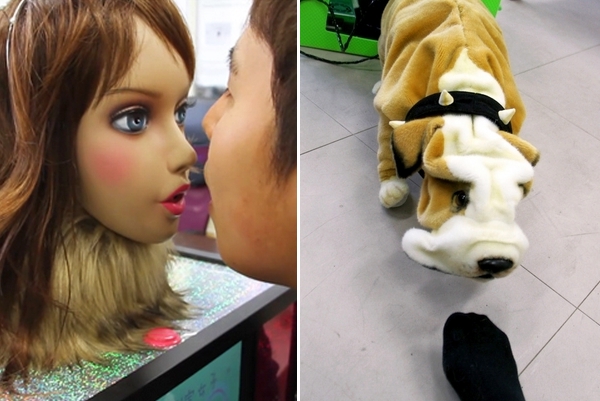
Nissan Motor Co., which grabbed a global lead in electric car sales with its Leaf hatchback, wants to do the same thing with self-driving vehicle technology and plans to offer such models by 2020.
“We will be able to bring multiple, affordable fully autonomous vehicles to the market by 2020,” Andy Palmer, Nissan’s executive vice president, told reporters Tuesday at a briefing in Irvine, Calif.
Such systems mean “frustrating and unproductive commutes could become a thing of the past,” he said.
Just as the Yokohama-based carmaker set a goal of becoming the world’s biggest seller of battery-powered autos, Nissan wants to be a leader in the move to make cars safer by adding electronic systems capable of preventing accidents and injuries. The systems also can reduce traffic jams by rerouting vehicles, which helps curb emissions of carbon dioxide.

Nissan has sold more than 75,000 Leaf electric vehicles worldwide since late 2010. Including alliance partner Renault SA of France, they have delivered about 100,000 electric cars.
The company showed off self-driving Leaf models at a former U.S. military base in Irvine on Tuesday with the robotic cars ferrying passengers in simulated urban driving conditions.
Technology underpinning autonomous autos, including adaptive cruise control, electronic steering and throttle controls, is already available, and added sensors and road-monitoring capabilities are being refined, Palmer said.
“The technology to create self-driving cars is already here,” said Karl Brauer, senior industry analyst for Kelley Blue Book. “As sci-fi as it sounds, self-driving cars that don’t ever crash, reduce traffic congestion and make valet attendants obsolete are coming.”
Nissan, Japan’s second-largest automaker, is developing its system in-house, though it is willing to work with companies, including Google Inc., which has been promoting driverless car systems in recent years.

“I don’t preclude the possibility of working with Google, or anyone else for that matter,” Palmer, who leads vehicle development, told reporters.
Nissan has contacts with Google on various matters, he said, without elaborating.
A difference in approach between Nissan and Google is that Nissan’s system does not need to be linked to an Internet-based data system, said Mitsuhiko Yamashita, the company’s executive vice president for research and development.
“We don’t count on infrastructure so much. All the technology is in the cars,” Yamashita said Tuesday. “We are trying to get to crash-free, fatality-free vehicles.”
Nissan’s North American operations are based in Franklin, Tenn., near Nashville.
Over 2 mil. cars in Americas
Nissan Motor Co., pushing to make more vehicles at plants in the Americas, said it will have the ability to build more than 2 million autos annually in the region by early next year.
The carmaker is spending more than $5 billion to expand capacity in the United States, Mexico and Brazil, the company said Monday in a statement. Expansion in the United States will help Nissan almost double exports from plants in Tennessee and Mississippi, the company said in a separate release.
Nissan began a push to build up production capacity in North America following Japan’s earthquake and tsunami that caused some supplier disruptions, and after the yen surged to a record high against the dollar, making imports to the United States less profitable. The automaker has not pulled back on the expansion even as the yen has weakened in the past year.












